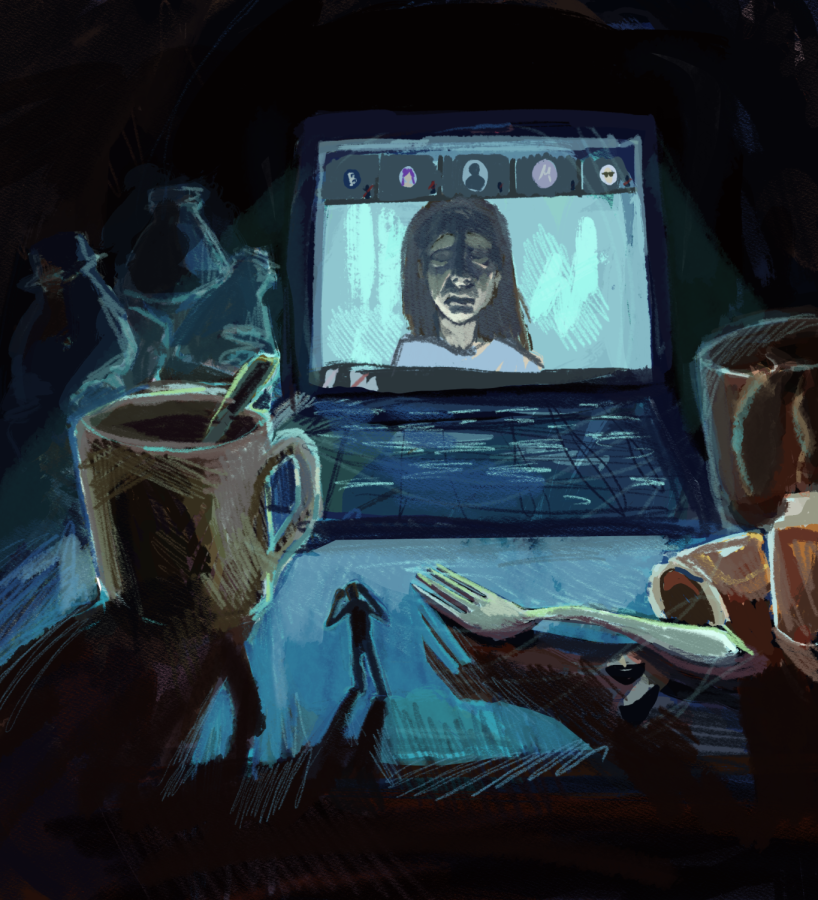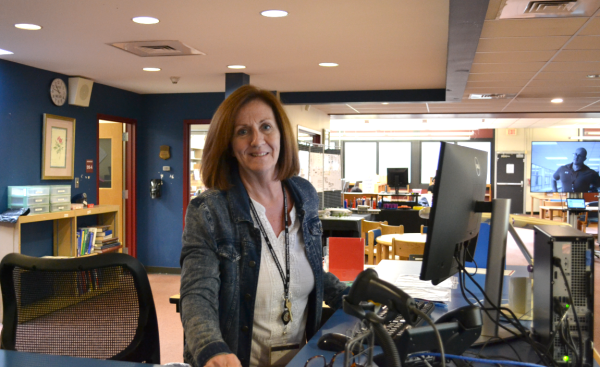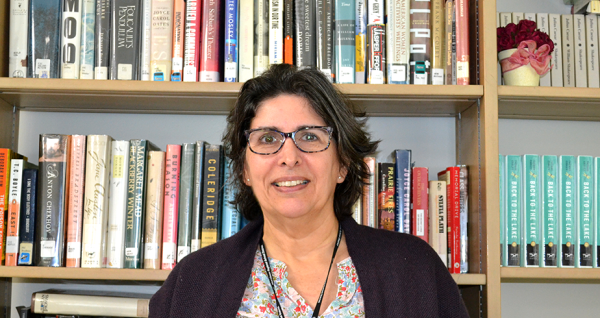Many still feel the lingering downsides of virtual learning and isolation
It’s safe to say that these past few years in the midst of a pandemic were some of the worst times for so many people. The everyday lives of individuals all over the world were turned upside down and it was hard to predict the outcome of nearly everything. Students at West Essex were first hit with the reality of the pandemic when school was shut down in March 2020 for two weeks, or so everyone thought. Two weeks quickly shifted into a stay-at-home order and the likelihood of going back to normal school standards was crushed. Students were expected to adjust to this new virtual learning concept as in-person learning was not an option at the time due to CDC mandates. Looking back at the circumstances that were forced upon the students, staff and administration, many feel that there was no good that came out of it, except maybe some extra time to sleep.
Almost two years away from the start of the pandemic, it’s very easy to recognize the negative impacts that virtual learning produced. Most, if not all students, were put at a disadvantage due to the change in learning environment and quality of education and instruction.
“I had zero motivation,” senior Angie Marotta said. “I couldn’t keep up with any of my work. I had to do all of my missing assignments in one day to catch up.”
“It’s not a real education,” junior Gianni Gencarelli said. ”When the next year comes around, stuff that applies from the virtual year is just a blank.”
The most obvious setback that came from virtual learning was probably the academic learning loss. According to CNBC, more than 97 percent of educators reported seeing a significant loss in education in their students in comparison to years prior to the pandemic. In the U.S. and Japan, the majority of teachers claimed that the effectiveness of schooling at home was only slightly better than skipping school completely. Also, when adding economic status into the mix, schools in areas with higher poverty found virtual classes to be especially ineffective. Students with disabilities were put at a significant setback as well.
“I was under-stimulated during virtual school so my ADHD got worse,” one student said. “Also, my home life isn’t good especially during the time of lockdown and since I couldn’t use school as an escape, I had no choice but let it affect my work ethic and productivity.”
For the average student, not being in a physical classroom and being taught through a screen is tricky to receive an education from. For those with learning disabilities or mental setbacks, it’s that much harder to grasp anything. Trouble dealing with life at home and family matters has also been a concern considering the factors that play into doing school from home.
“Many families have been directly impacted by the virus and have had to work through very real concerns about the health and wellbeing of family and loved ones,” Student Assistance Counselor Anthony Emering said. “[Also], the constant 24 hour news cycle of reporting deaths and hospitalizations has intensified the level of fear and concern especially in individuals prone to feeling anxious.”
Besides the downfall in academic performance due to the COVID crisis, a downfall in mental health amongst kids and teenagers was very common. A lot of students did not realize how important going to school everyday was to their mental health. Going from being on a structured day-to-day social life to an isolated and all over the place schedule was bound to cause a decline in emotional wellbeing.
“Virtual learning contributed to my depression because we were inside all day and I barely hung out with anyone,” one student said.
“It made me feel isolated and unmotivated,” another student said. “It felt optional and I just didn’t do the work.”
It’s hard to blame people for losing motivation and interest in their academics. Students often stayed in their bedroom and the clothes they slept in rather than walking through the school halls, engaging in society and waking up at an orderly time to get dressed and ready for the day ahead of them, which they would normally do during regular school standards.
“I got used to not moving around for the timeframe we had school so it got rid of my motivation to get up at all,” senior Jamie Cataldi said.
The buildup of living the same day every day for so long was a recipe for disaster. Even though there might be a student desire to stay in the comfort of their own home and be on Zoom, the benefits of physically attending school are unmatched in comparison to learning virtually.
“There’s no substitute for in-person instruction, especially with academics,” Principal Caesar Diliberto said. “Zoom doesn’t do it.”
As of now, for the 2022 school year, the West Essex administration has been adamant about keeping the doors of the school open because they have recognized the underwhelming results of not having in-person learning. This decision in their eyes has been for the overall benefit and at the heart of every students’ mental condition and wellbeing.
“In the short term, it sounds nice rolling out of bed and going to class in your pajamas, but we know the long term effects of that are not beneficial to us,” Vice-principal Kimberly Westervelt said.
At this point in the pandemic, even with rising omicron cases, the re-introduction to in person learning is a hopeful beginning for the West Essex student body. With the administration’s plan to continue to stay open, the students’ education and wellness are in a better direction.






![[VIDEO] School Spotlight for Spring 2025](https://thewessexwire.com/wp-content/uploads/2020/03/westessex-475x356.jpg)
![[VIDEO] Varsity Media Day: Winter 2025](https://thewessexwire.com/wp-content/uploads/2025/02/vmd-25winter-600x450.jpg)

